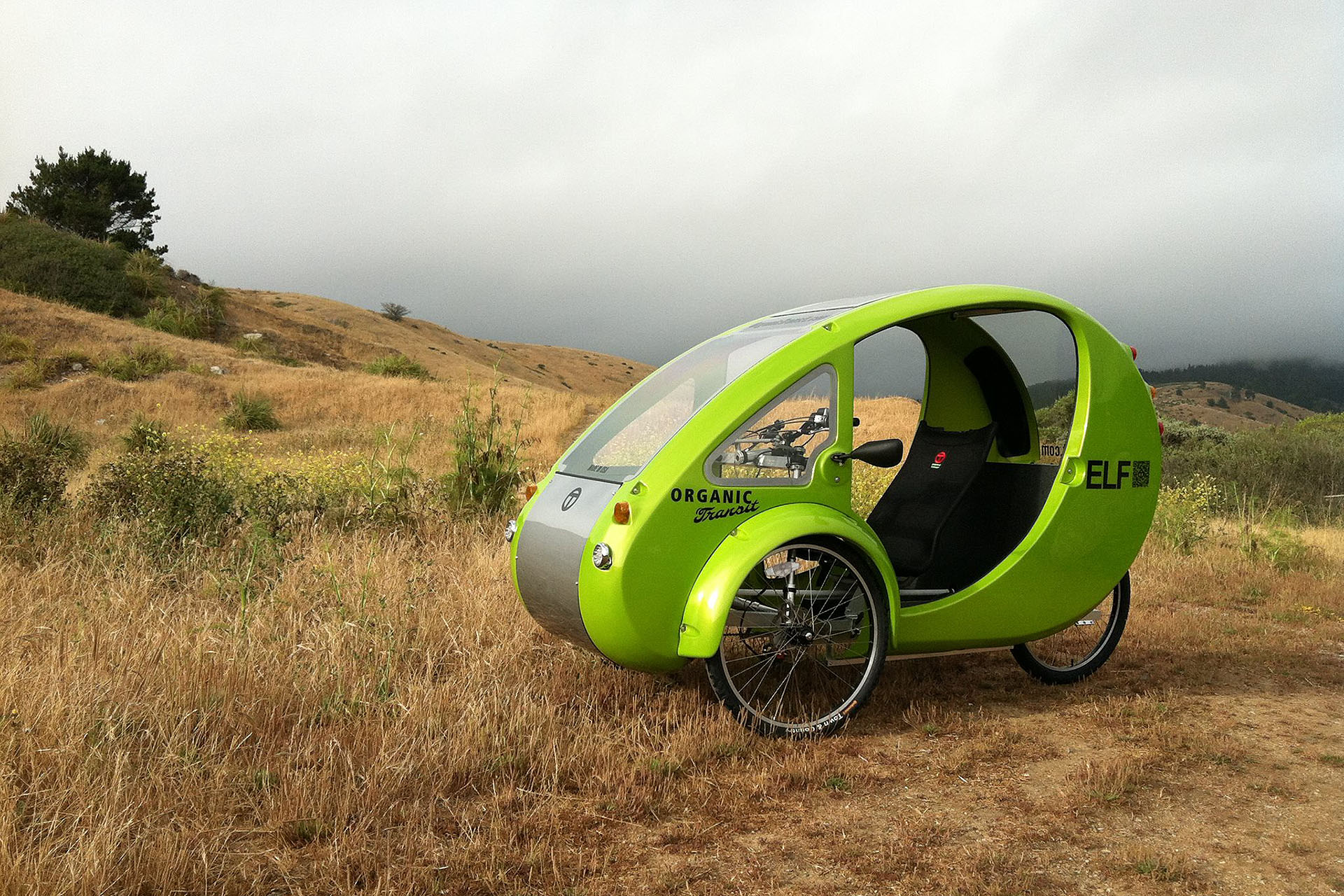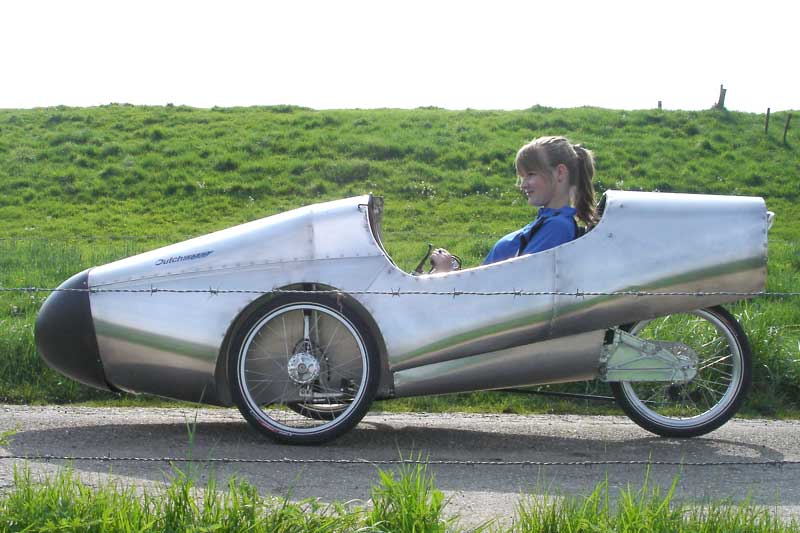billvon said:
Elevated or underground bikeways (or roads) can free up street space and avoid problems at intersections.
Unfortunately it also makes it much harder for those using bikes for everyday commuting, shopping, etc., because they have to travel farther out of the way to do anything, or else just stay on the roads with cars (which would then have no bike lanes/etc., because those would be elsewhere).
I dunno about most places, but around here they'd probably build that stuff with exits only every mile (or less often). They'd also probably only build it wide enough for narrow-handlebar bikes to just barely pass each other, or even for just one bike width. And most likely they would combine the pedestrian and cycleway together, so cycles could not actually use it due to pedestrians clogging it in groups that won't let cycles pass, or cycles having to nearly stop to pass the pedestrians without risk of collision.
Any of those would be problem enough to keep me from using it.
I ride everywhere, no car needed. But if I can't just ride along and turn into driveways as needed, and instead have to go past my destination in some enclosed/overhead/etc. lane, then come back in traffic, or get off the overhead/etc early and then ride along in traffic till I get to my destination, I might as well just stay in the traffic. It'd be safer, and take less time and distance.
A better solution than segregating the traffic is teaching drivers, cyclists, and pedestrians to pay attention, lowering large vehicle speeds at least a bit, and changing the attitudes of people in general to be courteous to others instead of selfishly acting as if the entire road and world were all about them, disregarding anyone else on the road and driving how and where they feel like.
Removing parking and changing that to biking space - then relocating parking to parking garages - can help as well.
THAT would be very helpful, because drivers of cars, trucks, etc., park wherever they feel like (including no parking areas, and bike lanes). Residential areas are worse about this than business areas, but mostly because there aren't usually bike lanes or no parking areas around the businesses--if they had them, they'd be ignored just like they are in residential.
I'm not sure if bans are the right way to change transportation modes, but I can see there could be places where people will not change (when there is no specific need for individual cars, and many reasons to eliminate a significant amount of them), there might be a need to make some sort of forced change.
Right now, here in my area of Phoenix, especially around business / shopping centers, Uber and Lyft and the like have significantly increased individual car traffic and illegal/unsafe roadside parking, because now people who had no car and walked or rode now ride in those, and the U&L/etc drivers then hang around or drive around areas that tend to get more calls.
We used to have a few taxis that did this sort of thing, but not nearly as many as the U&L/etc cars--and most of the taxis would stop and park in a parking lot when not carrying passengers, and were generally safer drivers than most of the U&L/etc drivers seem to be.



